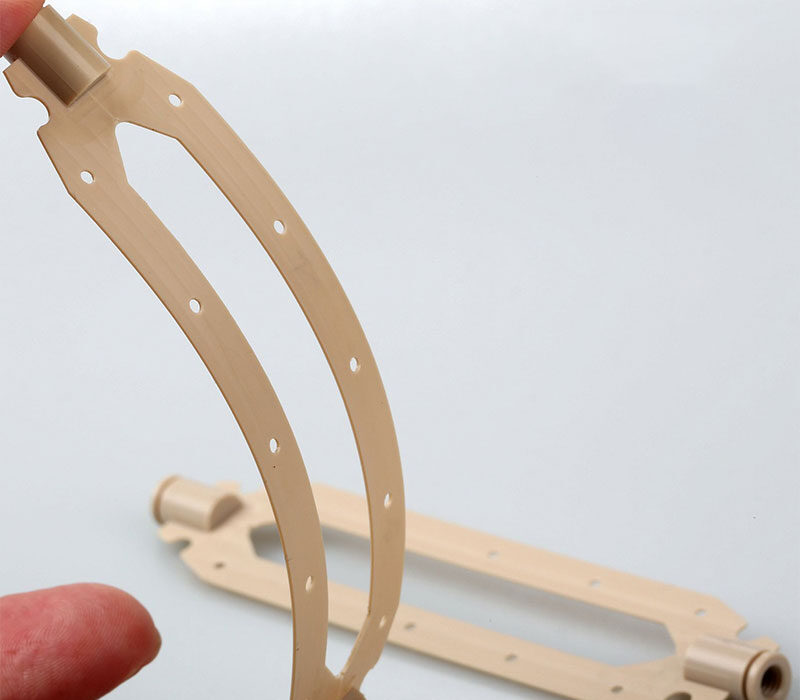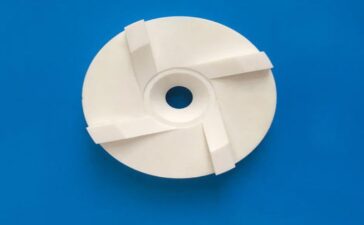1. Mechanical polishing
Mechanical polishing is a polishing method that obtains a smooth surface by cutting and plastic deformation of the material surface to remove the polished convex parts. Generally, whetstone strips, wool wheels, sandpaper, etc. are used. Use auxiliary tools such as turntables, and those with high surface quality can use the method of super-finishing polishing. Super-precision grinding and polishing is the use of special grinding tools, in the grinding and polishing liquid containing abrasives, tightly pressed on the surface of the workpiece to be processed for high-speed rotation. The surface roughness of Ra0.008μm can be achieved by this technology, which is the highest among various polishing methods. Optical lens molds often use this method.
2. Chemical polishing
Chemical polishing is to make the microscopic convex part of the material in the chemical medium preferentially dissolve than the concave part, so as to obtain a smooth surface. The main advantage of this method is that it does not require complicated equipment, can polish workpieces with complex shapes, and can polish many workpieces at the same time, with high efficiency. The core problem of chemical polishing is the preparation of polishing solution. The surface roughness obtained by chemical polishing is generally several 10 μm.
3. Electrolytic polishing
The basic principle of electrolytic polishing is the same as chemical polishing, that is, by selectively dissolving tiny protrusions on the surface of the material, the surface is smooth. Compared with chemical polishing, the effect of cathode reaction can be eliminated, and the effect is better. The electrochemical polishing process is divided into two steps: (1) Macro leveling The dissolved product diffuses into the electrolyte, and the surface roughness of the material decreases, Ra> 1μm. ⑵Small light leveling Anode polarization, surface brightness increases, Ra <1μm.
4. Ultrasonic polishing
Put the workpiece in the abrasive suspension and put it in the ultrasonic field together, relying on the oscillation of the ultrasonic wave to make the abrasive grinding and polishing on the surface of the workpiece. Ultrasonic processing has a small macro force and will not cause deformation of the workpiece, but tooling is difficult to make and install. Ultrasonic processing can be combined with chemical or electrochemical methods. On the basis of solution corrosion and electrolysis, ultrasonic vibration is added to stir the solution to dissolve the dissolved products on the surface of the workpiece, and the corrosion or electrolyte near the surface is uniform; the cavitation effect of ultrasonic waves in the liquid can also inhibit the corrosion process and help the surface brighten.




